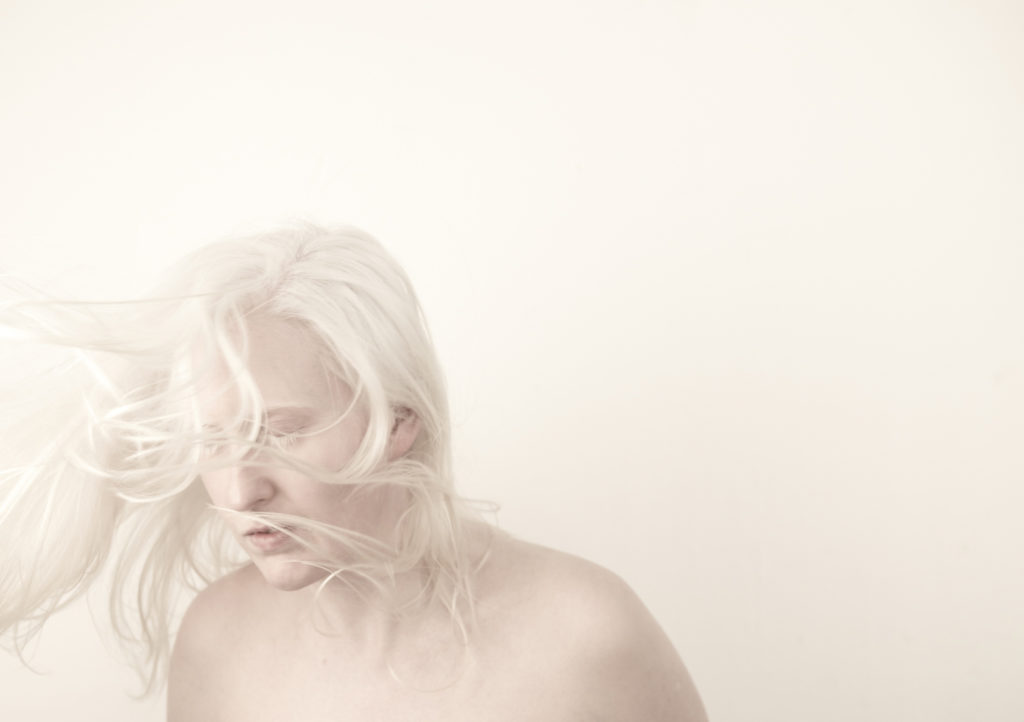
The third Europe Beyond Access laboratory took place in Maastricht and was hosted by Holland Dance Festival. Taking part in the lab, UK performance artist and theatre-maker Jo Bannon reflects on her experience and reveals some of the ideas that inform her work.
Taking part in the lab
“At the beginning of October, I gathered with my fellow participants and choreographers Adam Benjamin and Jeanefer Jean-Charles for a dance lab on dance composition and partnering. I am keen to see how other performing artists approach their work and movement practice. Which languages do they use? Are there differences between countries when we talk about dance and disability? I am beginning this lab knowing that I don’t know the answer to these questions, which makes me eager to explore and learn. Although I’m participating in a dance lab, my work usually doesn’t look very ‘dance-y’. But it definitely has choreographic elements to it. For example: I might not use a lot of physical body movement, but I do choreograph the relation between bodies and objects on stage. Upon arrival I realised everyone comes to this lab with their own background, physicality and experiences, which makes the partnering in composition-making full of possibility. “
Prioritising the visual
“As a maker, I am interested in pulling apart performance to discover what it can do or be. When I have an idea, I constantly search for ways to manifest it on stage until I find the right form. And that’s an exciting process! It could be anything…and at the same time it can only be one thing, one good idea. Which is it going to be? It’s a real privilege to decide what I am interested in and to then choose the right form to present it. It strengthens my belief that the world is up for discussion, that we’re making and re-making it all the time. We might do things a certain way now, but we can do them differently. I often think about how visual the world is. We have constructed a society very much based on what things look like.
But we have five senses, so why do we prioritise the visual sense? As someone who moves through the world with a visual impairment, I am always paying attention to how spaces feel.
So, that is what I focus on in my work as well. In some of my work I even experiment with removing that visual sense from the whole performance experience. ”
Exposure
“For an early work I made, Exposure, I was interested in how we see each other, the risk that lays in being seen and the shared intimacy that comes from that. This was informed by having albinism, which makes me feel quite visible in the world. At the same time my own vision is impaired. So that balance of power is off, when you can see me from a hundred yards and I can see you only from five yards. One day I had an eye examination and realised: this is it! Sitting in a dark room with another person, where he or she looks right into your eyes with these torches, is about being seen in a very direct, yet limited way (i.e. through a medicalised lens). I recreated this setting on stage by having almost all of the performance in the dark, just like the eye examination. I was interested in discovering how you see someone in the full sense of ‘seeing’. How do you know them, without visually seeing them?”
Resonating on a feeling level
“Often with experimental work, I think there is a fear that people won’t understand it. But that’s the reason why I actually like these kinds of performances. Half of the time I have no idea of what is going on: I see images that resonate on a feeling level, but I don’t necessarily understand them on an intellectual level. In my own work, I am satisfied when the audience experiences a certain feeling. It actually does not matter whether they are able to make sense of it or not.”
Love for the unusual and unknown
“I realise that how I approach the Artistic Lab today – with this sense of not knowing – is how I approach my own work too. With every project I do, I have no idea what I am doing. Just because every project is new; it’s starting from scratch. I think it’s a false idea to think that there will come a point where you feel able to do something. The work that I love often comes from ‘unusual’ people: people that normally aren’t well heard. These are the voices we need to hear and they are often the most interesting ones. So if anyone aspires to dance or make art, but doesn’t know how: you just have to try. Just do it! And expect that you will feel like you don’t know what you’re doing, because – really – no-one does anyway.”
Jo Bannon
Artist and maker of contemporary performance
Bristol, UK
This article was first published on holland-dance.com

